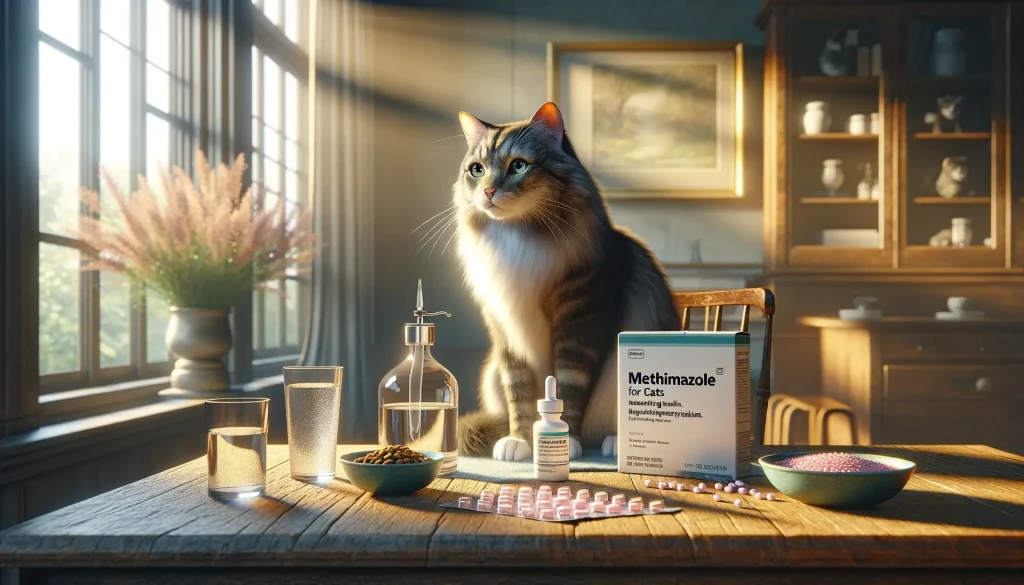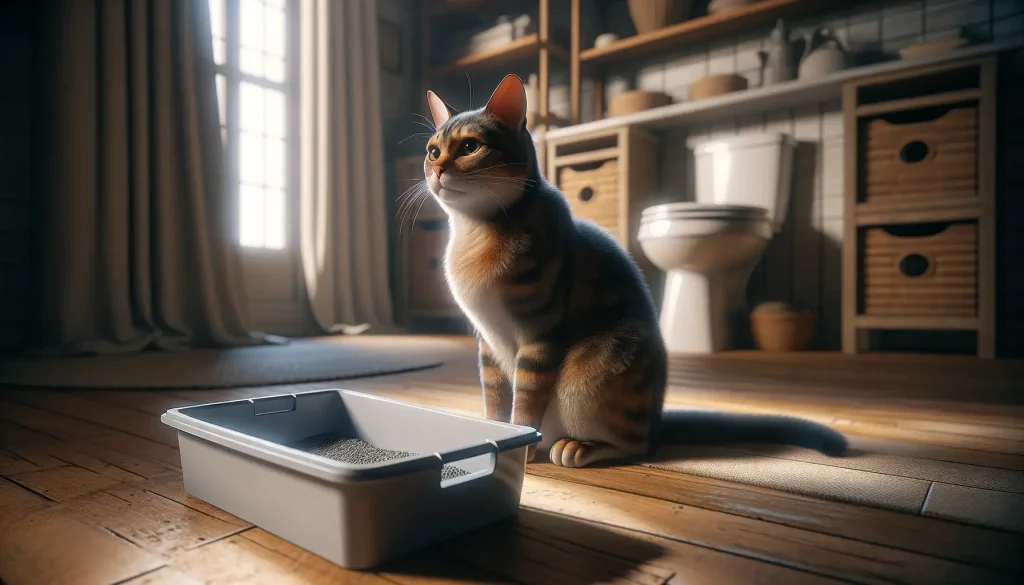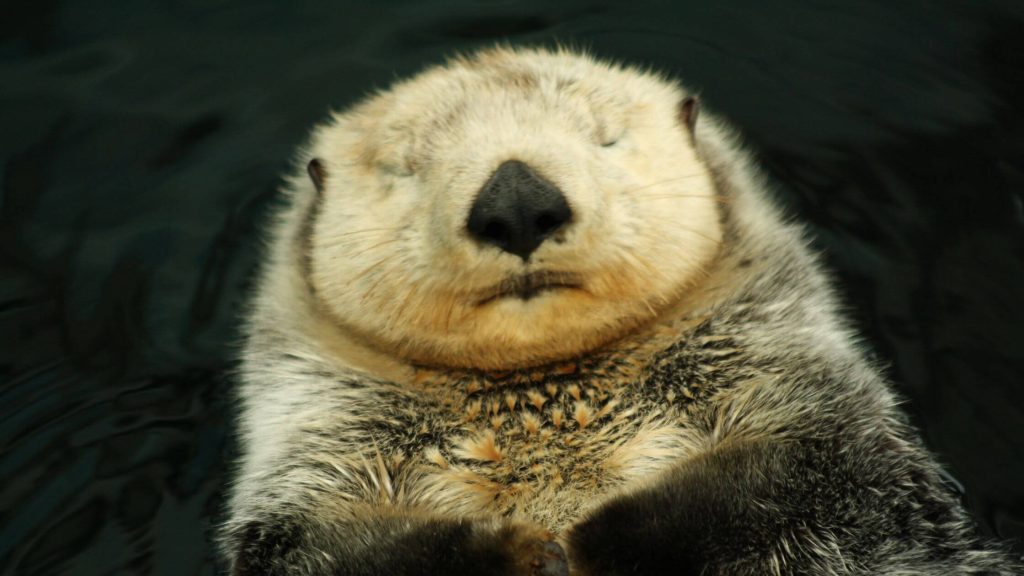
Otters Are More Than Just Cute Companions
Otters are irresistibly charming creatures, often stealing the spotlight in viral videos and nature documentaries. But what about welcoming an otter into your home as a pet? Before you entertain the idea of an otter splashing around in your bathtub, it’s crucial to understand the complexities of their care and the legalities involved. In this blog post, we dive into the world of pet otters, shedding light on what it truly takes to provide for these playful mammals. Here, you won’t find any embellished tales—just the straightforward facts about the commitment and responsibility of owning an otter as a pet.
While the allure of those furry faces is undeniable, it’s important to consider the broader implications, including their dietary needs, social behavior, and environmental requirements. With the data at hand, we’ll explore the realities versus the expectations of having a pet otter, examining the key factors that potential owners must weigh. Understanding these details is vital not only for the well-being of the otter but also for protecting the delicate balance of our ecosystems. Stick around as we unpack the essentials of otter ownership and why thorough research is a must before making this significant leap.
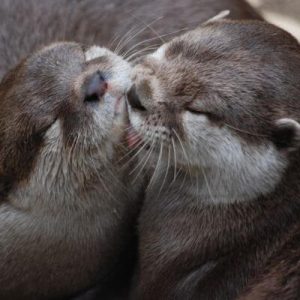


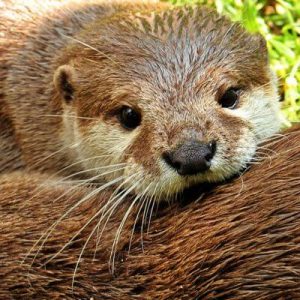
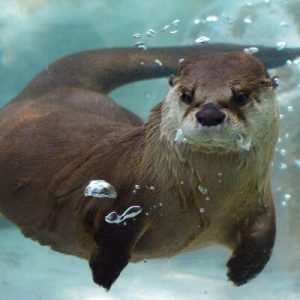

| Characteristic | Description |
|---|---|
| Size | Otters vary in size based on species. Small otters like the Asian small-clawed otter measure about 0.9 meters (3 feet) in length, including the tail, and weigh around 5 kg (11 lbs). Larger species like the giant otter can reach up to 1.8 meters (6 feet) in length and weigh up to 34 kg (75 lbs). |
| Body Shape | Otters have long, slender bodies with short limbs, well-suited for their aquatic lifestyle. |
| Fur | They have dense, waterproof fur that keeps them dry and warm. The fur is usually brown, ranging from light to dark shades, often lighter on the belly. |
| Tail | The tail is long, thick, and muscular, helping in swimming and steering underwater. |
| Feet | Most otters have webbed feet for efficient swimming, except the small-clawed otter, which has partially webbed feet. |
| Claws | Otters have sharp claws on their feet, used for hunting and gripping prey. |
| Whiskers | They have sensitive whiskers (vibrissae) around their noses, which help detect movements of prey in the water. |
| Diet | Mainly carnivorous, feeding on fish, shellfish, crustaceans, and small aquatic animals. |
| Habitat | Otters are found in a variety of aquatic environments, including freshwater rivers, lakes, oceans, and wetlands. |
| Lifespan | In the wild, otters live for approximately 8-15 years. In captivity, they can live up to 20 years or more. |
| Behavior | Otters are known for their playful behavior, including sliding, wrestling, and sometimes using stones to break open shellfish. |
| Conservation Status | Varies by species, ranging from ‘Least Concern’ to ‘Endangered’. Habitat destruction and pollution are significant threats. |
Is It Legal to Own an Otter?
When considering an otter as a pet, the first step is to check the legalities. Otters are protected under various laws and regulations, depending on where you live. In some regions, it’s completely illegal to own them. In others, a special permit or license is required, which can be hard to obtain. For example, in the United States, under the Marine Mammal Protection Act, it is illegal to own a sea otter. However, some states may permit ownership of certain otter species under strict conditions.
What Does an Otter Need in Its Diet?
Otter’s Diet in the Wild
Otters are carnivorous mammals, and their diet primarily consists of fish and shellfish. They are adept hunters in the water, where they spend a significant amount of time. The specific diet of an otter can vary depending on its species and habitat. In the wild, they consume a variety of fish and shellfish, with an estimated daily intake of 15-20% of their body weight. Here are some common items in an otter’s diet:
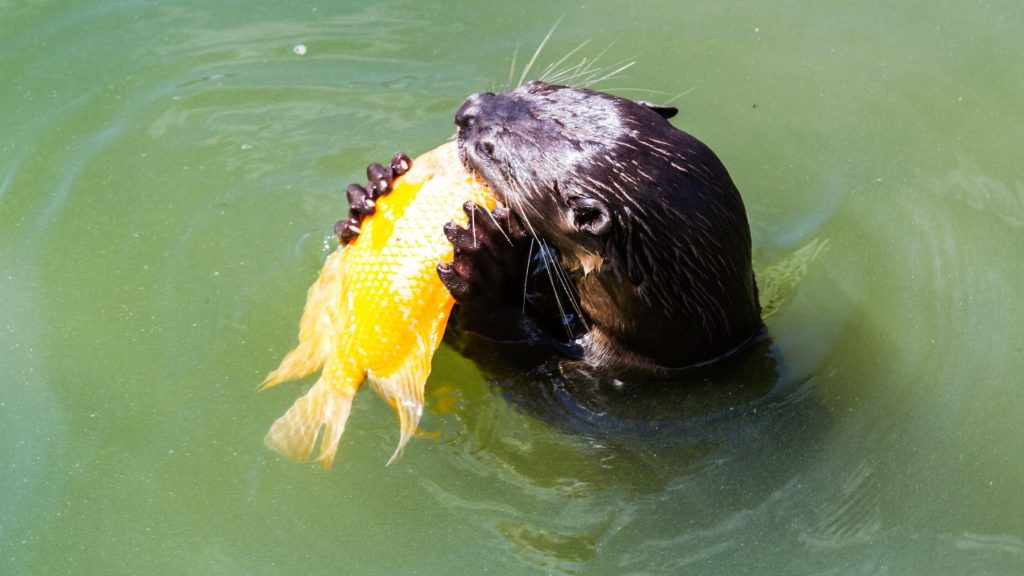
| Diet Category | Examples |
|---|---|
| Fish | Various species of fish |
| Shellfish | Crabs, clams, mussels |
| Crustaceans | Crayfish and similar |
| Amphibians | Frogs |
| Reptiles | Small reptiles (less common) |
| Small Mammals | Occasionally, depending on habitat |
| Birds | Occasionally, depending on habitat |
| Insects | Various types |
| Aquatic Plants | Occasionally, as a minor part of diet |
What You Can Feed Your Domesticated Pet Otter at Home
Otters have specific dietary requirements that are hard to meet in a home environment. To replicate this in captivity, owners would need to provide a diverse and fresh supply of seafood, which can be costly and time-consuming. A failure to meet these nutritional standards can lead to malnutrition and severe health issues for the pet otter. Here’s a suggestion of substitutes that could be easily purchased at a local supermarket.
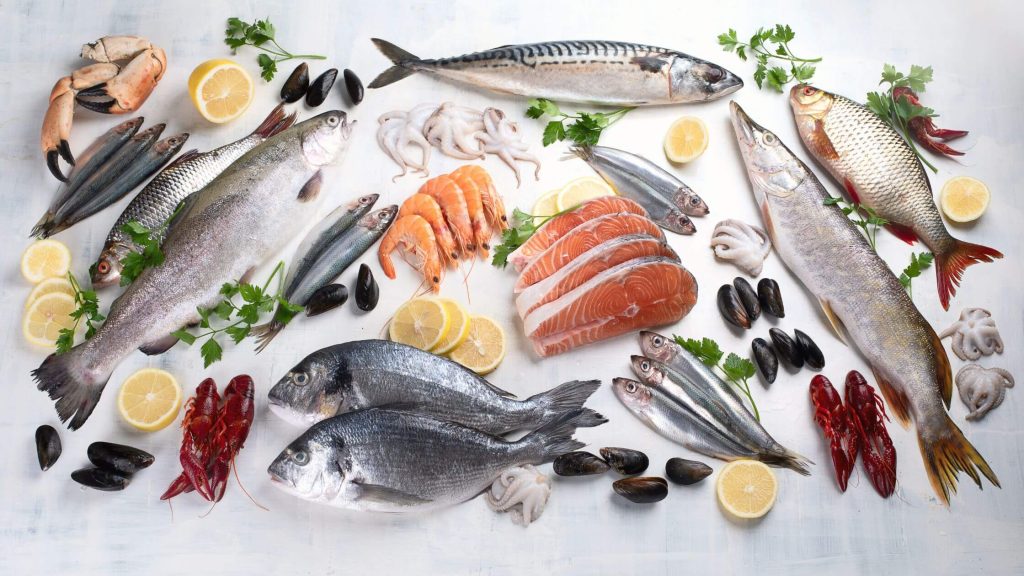
| Item | Description | Feeding Guideline |
|---|---|---|
| Fresh Fish | Trout, salmon, tilapia, mackerel, etc. | Major part of the diet, around 15-25% of body weight per day. |
| Frozen Shrimp | Substitute for fresh crustaceans. | Include as part of the daily fish requirement, ensure variety. |
| Canned Sardines/Tuna | In water, not oil, no added salt. | Part of the daily fish requirement, but ensure variety. |
| Chicken | Plain, unseasoned, raw or cooked. | Small portions, e.g., a couple of small pieces per day. |
| Boiled Eggs | Good protein source. | One egg per day or less, depending on other protein sources. |
| Fresh Fruits and Vegetables | Carrots, berries, melon, etc. | Treats in moderation, a few small pieces daily or every other day. |
| Cat or Dog Food | High-quality, grain-free. | Minimal part of the diet, e.g., a small handful as part of one meal per day. |
| Vitamin and Mineral Supplements | As advised by a veterinarian. | Essential for a balanced diet; the amount/type determined by a vet. |
| Fresh Water | Always needed for hydration. | Always available, amount varies based on size, diet, and activity level of the otter. |
How Much Does It Cost to Keep an Otter?
Maintaining the well-being of a pet otter comes with a hefty price tag. The costs include food, enclosure maintenance, veterinary visits, and more. Keep in mind that this table reflects only basic recurring costs and does not account for initial setup or emergency medical expenses.
Initial Costs of Owning a Pet Otter
| Expense Category | Cost | Details |
|---|---|---|
| Purchase Price | $3,000 – $8,000 | Cost varies depending on species and source. |
| Habitat Setup | $5,000 – $20,000 | Large, secure enclosure with land and water. |
| Veterinary Care | $200 – $500 | Initial checks and vaccinations. |
Annual Ongoing Costs
| Expense Category | Cost | Details |
|---|---|---|
| Food | $250 – $500/month | Fresh fish, shellfish, and other meats. |
| Veterinary Care | $300 – $800/year | Regular check-ups and emergency care. |
| Enrichment and Toys | $50 – $100/year | Essential for stimulation and well-being. |
| Enclosure Maintenance | $500 – $1,000/year | Upkeep of habitat and water filtration. |
Additional Costs
| Expense Category | Cost | Details |
|---|---|---|
| Permits and Legal Fees | Variable | Required in some locations. |
| Insurance | $200 – $500/year | Optional exotic pet insurance. |
Example Total Cost Breakdown for the First Year
| Cost Category | Estimated Cost |
|---|---|
| Initial Costs | $17,850 |
| Annual Ongoing Costs | $6,175 |
| Total for First Year | $24,025 |
Note: These costs are estimates and can vary based on location, the specific needs of the otter, and other factors.
How Much Space Does an Otter Require?
Otters are active animals that need plenty of space to swim and explore. A proper enclosure includes a sizable water area, which must be clean and well-filtered. It’s not just about having a pool—the space must mimic their natural habitat as closely as possible. Experts recommend an enclosure of at least 500 square feet for one otter, with additional space required for more individuals. This requirement is often beyond the scope of what the average homeowner can provide.
What Are the Social Needs of Otters?
In the wild, otters are highly sociable, often living in groups with complex social structures. Solitary confinement can lead to distress and behavioral problems. As pets, otters require interaction and engagement. If not provided with adequate companionship—either from humans or fellow otters—they may languish. Prospective owners must consider the time commitment and the possibility of having to care for multiple otters to meet these social needs.
Can Otters Be Trained Like Dogs or Cats?
While otters can learn some commands and tricks, they are not domesticated animals and will retain their wild instincts. They are known to be unpredictable and can exhibit aggressive behaviors. Unlike dogs and cats that have been bred for companionship, otters do not have the genetic background that predisposes them to living harmoniously with humans. Training an otter is a challenging and long-term endeavor that requires patience and expertise.
By exploring the particular requirements for the legal, nutritional, financial, spatial, social, and behavioral needs of otters as pets, we can conclude that while otters may be charming, they are complex animals that are ill-suited for life in domestic captivity. Would-be otter owners must consider these factors carefully before deciding to bring an otter into their lives.
The Verdict on Keeping Otters as Pets
In summary, otters, despite their appeal, are not ideal pets. They require specific legal permissions, expensive diets, extensive enclosures, and a high level of social interaction. Furthermore, they cannot be domesticated like traditional pets, posing training and behavioral challenges. The findings show the complexity of their needs which most private owners cannot adequately meet. Given these insights, we conclude that otters belong to the wild and are best supported through conservation efforts rather than domestication. For those captivated by their charm, consider supporting otter habitats or visiting them in ethical wildlife sanctuaries rather than keeping them as pets.
Beginner Guide to Raising Quail at Home
What are the Signs of a Dog Concussion?
What Causes Your Dog’s Ears to Smell Bad?
When your dog’s ears start to emit an unpleasant odor, it might leave you puzzled…
Methimazole Treatment for Cat Hyperthyroidism
Methimazole plays a crucial role in managing feline hyperthyroidism, a condition marked by an overactive…
Got Hummingbirds in your Backyard? Here’s How to Care for Them.
Why Does Your Cat Pee Outside the Litter Box?
Cat’s Litter Box Issues It’s not uncommon for cat owners to face the frustrating dilemma…



